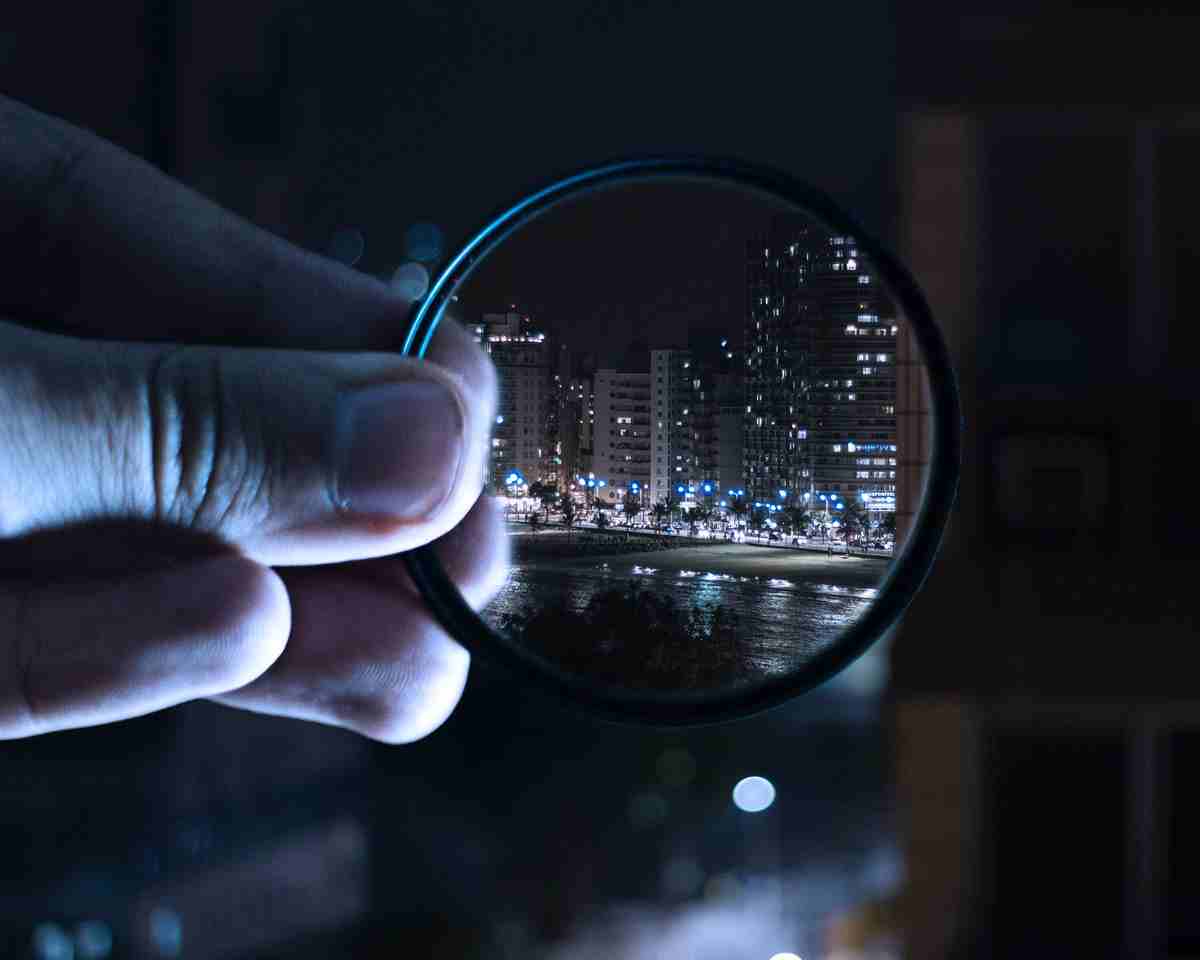What is CPL Filter – Everything You Need to Know about CPL Filter

Among the several things that differentiate expert photographers from ordinary Joe is using different filters to increase images. Among the various filters, a CPL (Circular Polarizing Filter) is the best creative method to increase the final photo that seems on your camera LCD screen. If you are an outside photographer and capture various landscapes, a CPL Filter will help you get the most excellent shot.
Polarizing filters are so named not because they separate opinions on their utility but because of their excellent way of handling the light in the lens. Nowadays, the most famous filter is circular, meaning that the primary one in front of every filter is linear, which operates more proficiently with the latest autofocus systems.
What is CPL Filter?
Circular polarizing filters (CPL) are famous among scenery photographers. A CPL filter is a lens attachment that fits in the opposite of your camera lens. A CPL is the most excellent camera addition of a scenery photographer because it permits you to shoot brightness and contrast in an image. It assists to blacken more bright skies, minimize reflections, and destroy shine from water surfaces.
A circular polarizing filter (CPL) begins with a direct polarizer, which turns the light’s balance in the photo. These lens filters minimize stare and reflection and assist you to shoot deep, spectacular skies, shade, and translucent bodies of water. A circular polarizing filter (CPL) minimizes reflection and provides you with a superior quality photo. A CPL filter will get back clearness to a body of water.
How To Use CPL Filter?
You may use a circular polarizing filter to enhance your photo quality if you work on a travel project or in a countrywide park. Using a circular polarizing filter (CPL) in scenery or landscape photography stops some various problems such as glare, reflections, and overexposure during shooting.
It will take much practice to use the circular polarizing filter. For beginners, the filters themselves are usually accessible in various diameters; therefore, searching for the best that fits on your lens will not prove to be a challenging quest. All non-metallic items may return light, which may be separated, offering unsolicited stares and reflections.
After connecting, move the filter until the required effect is attained. You may get the same effect with NF (neutral density filters). The general belief is pointing the lens at a 90-degree angle to your source generates the most excellent outcomes. The conditions are various where the proper use of a CPL may operate like magic on the scene.
When Capturing Blue Skies:
Ensure that all the filters and lens are the latest and clean. You have to adjust the camera to 90 degrees from the direct sun. The circular polarizing filter will not perform if you are capturing directly against the sun or into the sun. Take different photographs with various levels of polarization, and therefore you have other choices in post-processing.
When There Is Dark Or No Sun:
The CPL filter removes the replications that the water originates in flora and rocks by moving the opposite ring. It will provide you with an entirely new level of information that was unseen below the reflections. You will not generate this effect without the CPL filter. There is no need to fear the sun; therefore, it doesn’t matter if you capture openly into it.
Main Effects of CPL Filter:
A circular polarizer filter (CPL filter) will eliminate replications from metal surfaces. Timber and metal paints separate the light; therefore, you must try the polarizing filter. At the sunrise and sunset, it is hard to blacken the sky and separate the light. It will transform into a robust blue sky with an incline towards the horizon line.
A circular polarizer filter may saturate the shade. This effect is done by eliminating reflections and filtering light. It also eliminates the white light or glowing light from leaves and creates a lovely uniform green shade. You may again do this with dark blue skies, but it brightens the leaf’s green tint.
Essential Tips While Using The CPL Filter:
- If you choose the sunny day, then place your shoulder on the sun’s right side and your subject on your shoulder.
- The circular polarizer filter’s effect depends on the track of light and the shade-cast of the sky.
- A circular polarizer filter will make a specific amount of underexposure.
- You have to maximize the ISO from 100 to 380 or 400.
- You must always turn the CPL filter 360 degrees and measure the level of saturation, contrast, and reflection. It is increasing or decreasing, and then only choose the degree to which you wish to filter for images.
- With the help of any filters other than CPL, it will increase the vignetting effect.
- You have to stop using CPL when capturing the sky with a huge-angle lens. The outcome is so different in the whole sky that it becomes hugely unaffected and unfocused.
- The circular polarizer filters will have the least or partial impact on a cloudy day, and it is best when planning to capture a rainbow.
Advantages of CPL Filter:
- A circular polarizing filter may increase the shade of the sky. It will appear blacker and more affluent, and you will acquire sharpness for distant items.
- The CPL filter may reduce the mirror photo caused by the deep component in your frame.
- The CPL filter cuts off replications from metals, glass, or shiny parts, such as a sandy beach, providing more robust, clear, and bright photos.
- You may increase the shades in your frame’s sky and components using the Circular Polarizing Filter (CPL).
- Cuts reflections are seen from surfaces such as leaves or walls, creating the shades that appear saturated and the shadows black.
Final Conclusion:
A circular polarizing filter is a lens attachment that may minimize the glare from reflected parts. A circular polarizing filter (CPL) may provide your images with a stunning look. Your scenery photography will need an expert photo quality, and reflections and shades will look natural and best. Here, you will get the complete guide about the CPL (Circular Polarizing Filter) Filter.

